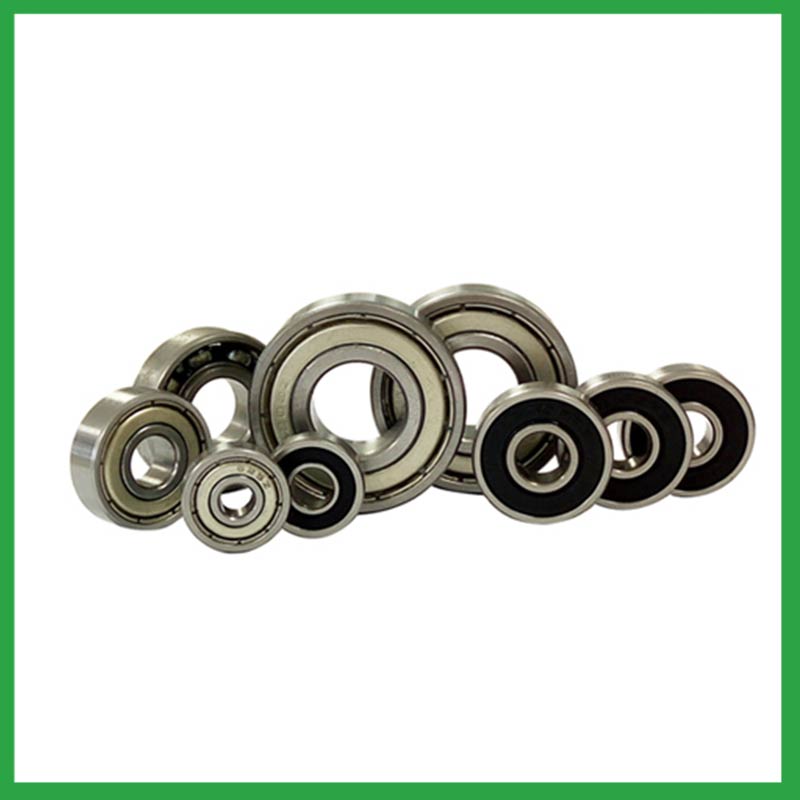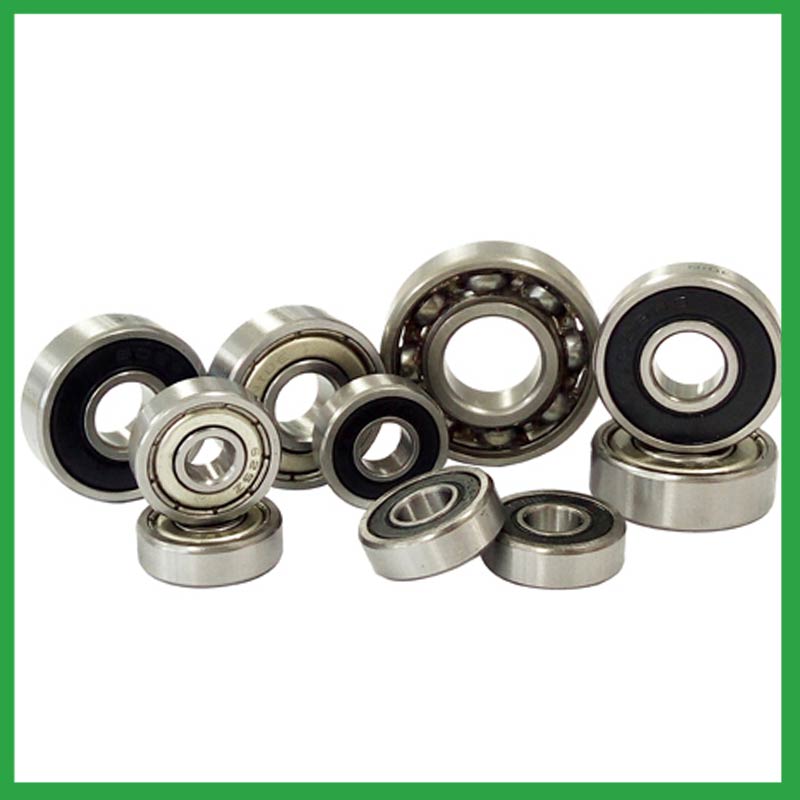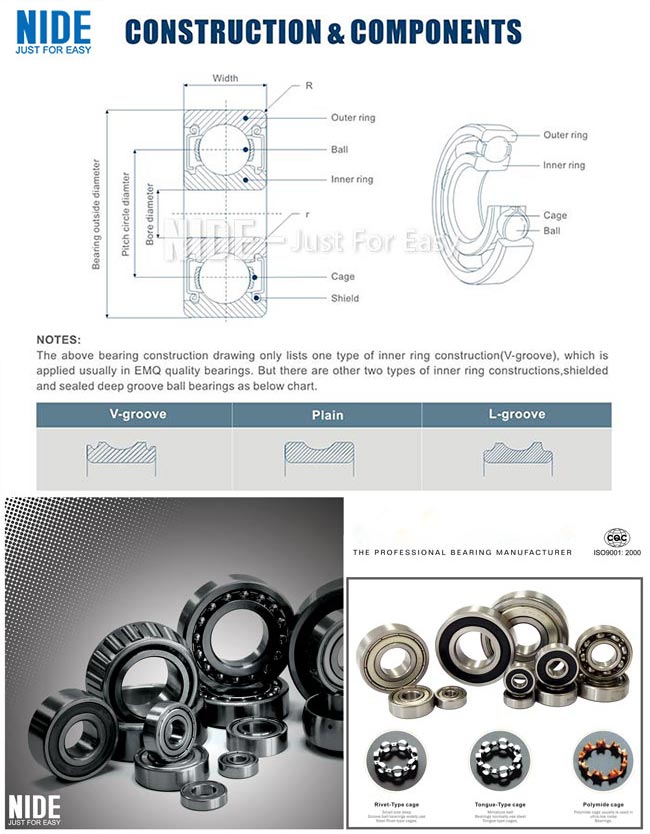2024-09-18
In the world of precision engineering, bearings play a critical role in ensuring smooth and efficient operation in various mechanical systems. Among the many types of bearings available, magnetic bearings and flexure bearings stand out as two advanced technologies used in highly specialized applications. Each type of bearing has its unique design, advantages, and limitations, making them suitable for different use cases. Understanding the differences between magnetic bearings and flexure bearings is essential for selecting the right solution for your specific application.
As a leader in advanced engineering and bearing solutions, Nide International offers both magnetic and flexure bearing technologies, providing tailored solutions for industries that require high performance, precision, and reliability. In this article, we will explore the key features, benefits, and applications of magnetic and flexure bearings, while comparing how each type of bearing performs under various conditions.
Magnetic bearings use electromagnetic fields to levitate a rotating shaft or object, eliminating the need for physical contact between the moving parts. These bearings rely on the principle of magnetic force to support and stabilize the rotor, allowing it to rotate without friction. This frictionless operation results in longer life expectancy, higher efficiency, and lower maintenance compared to traditional mechanical bearings.
Frictionless Operation
One of the primary advantages of magnetic bearings is their ability to operate without direct contact between the bearing and the shaft. This eliminates wear and tear, leading to longer operational life and reduced maintenance requirements.
High-Speed Capability
Magnetic bearings are capable of supporting very high rotational speeds, making them ideal for applications that require fast, smooth, and efficient motion, such as turbines, compressors, and high-speed motors.
Active Control
Magnetic bearings often feature active control systems that continuously monitor and adjust the magnetic forces to maintain the rotor's position. This ensures high precision and stability during operation, even in dynamic environments.
Low Maintenance
Since there is no physical contact and friction, magnetic bearings do not require lubrication, significantly reducing maintenance efforts and costs. They are highly reliable and can operate for long periods without downtime.

Magnetic bearings are commonly used in industries where high-speed, frictionless operation is critical. Some of the typical applications include:
Flexure bearings, also known as flexure pivots, are a type of bearing that relies on the elastic deformation of a material to provide support and movement. These bearings use flexible structures that allow controlled motion while maintaining precision and stability. Unlike traditional bearings, which involve sliding or rolling contact, flexure bearings achieve motion through the bending of thin, flexible materials.
High Precision and Repeatability
Flexure bearings are known for their extremely precise motion control, making them ideal for applications where small, accurate movements are required. Since there is no sliding or rolling contact, they offer highly repeatable performance over long periods.
Zero Friction and No Lubrication Required
Like magnetic bearings, flexure bearings do not involve friction between moving parts, as motion is achieved through the elastic deformation of materials. This eliminates the need for lubrication and reduces wear and tear.
Compact and Simple Design
Flexure bearings are often more compact than other bearing types, making them ideal for applications where space is limited. Their simple design allows for easy integration into various systems, reducing the complexity of the overall mechanism.
High Stiffness in Certain Directions
While flexure bearings allow for movement in specific directions, they provide high stiffness in other directions, ensuring that the system remains stable and controlled during operation.

Flexure bearings are used in industries and applications where precise, controlled movement is necessary. Common applications include:
While both magnetic and flexure bearings offer frictionless operation and precision, they serve different purposes and excel in distinct areas. Below is a comparison of the two bearing types based on various performance factors:
| Feature | Magnetic Bearings | Flexure Bearings | Competitor A (Magnetic Bearings) | Competitor B (Flexure Bearings) |
|---|---|---|---|---|
| Frictionless Operation | Yes, due to magnetic levitation | Yes, through elastic deformation | Yes, but more prone to control issues | Yes, but less precise under high loads |
| Precision | High precision with active control | Extremely high precision, repeatable motion | Good, but requires frequent calibration | Very high precision, better suited for micro applications |
| Speed Capacity | Capable of supporting high speeds | Limited to low-speed, controlled movements | High speeds, but prone to instability | Best for low-speed, precise operations |
| Maintenance Requirements | Low, no lubrication needed | Low, no lubrication needed | Higher maintenance due to complex systems | Very low, no lubrication needed |
| Size and Compactness | Requires space for magnets and control systems | Compact and space-efficient design | Bulky, often requiring extra space | More compact, but lacks versatility |
| Cost | Higher due to complex systems | Lower, simple design | Expensive due to complex construction | More affordable, fewer components |

Nide International offers industry-leading solutions for both magnetic and flexure bearings, designed to meet the most demanding requirements in precision engineering. Here’s why Nide International stands out:
Both magnetic bearings and flexure bearings provide advanced solutions for frictionless, precise, and efficient operation. However, the choice between the two depends on your specific application needs. Magnetic bearings excel in high-speed, high-performance environments, while flexure bearings are ideal for precision applications requiring controlled, repeatable motion.
At Nide International , we offer both bearing technologies, allowing you to choose the solution that best fits your project requirements. Contact us today to learn more about our range of bearings and how we can help optimize your system for peak performance.